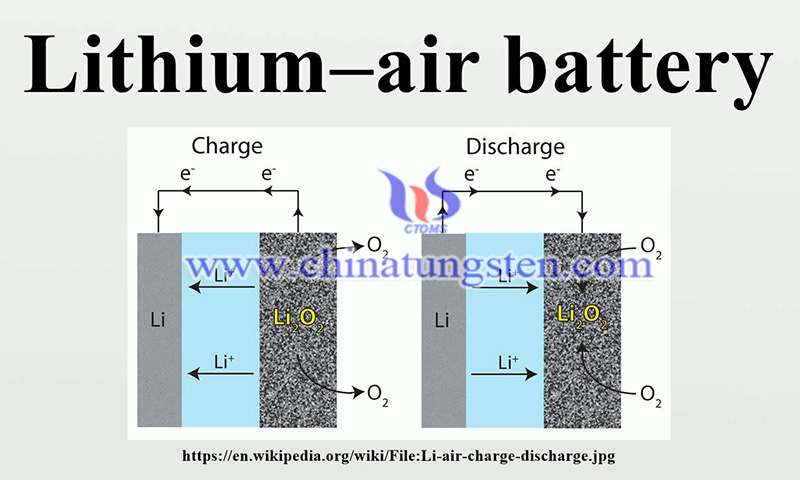Cathodes Absorb Sunshine to Keep Lithium-Air Battery Working in Extreme Cold
- Details
- Category: Tungsten's News
- Published on Monday, 20 April 2020 20:14
The lithium-air battery could work at low temperatures as its cathodes developed by Nanjing University can absorb sunshine. Lithium-air batteries with inorganic solid-state electrolytes have the potential to surpass lithium-ion batteries as the electrochemical energy storage technology of choice for electric vehicles. Most battery systems use liquid electrolytes, which have poor safety and thermal stability. In theory, lithium-air systems have very high energy densities. However, lithium-air batteries with solid electrolytes lose most of their capacity and power as the temperature drops below 0°C.

The lithium-air battery is a metal-air electrochemical cell or battery chemistry that uses oxidation of lithium at the anode and reduction of oxygen at the cathode to induce a current flow. Pairing lithium and ambient oxygen can theoretically lead to electrochemical cells with the highest possible specific energy.
Nanjing University researcher Haoshen Zhou and colleagues developed porous cathodes embedded in a mixed ruthenium nanostructure to enable the lithium-air batteries to work under sunshine. In this key component, the arrangement of nanostructures can trigger plasma to enhance the solar thermal effect. In other words, it can effectively convert sunlight into heat. As long as there is sufficient sunshine, the battery can work under very cold conditions by local heating. The team demonstrated that their device has a high discharge capacity at -73°C and record cycle lifespans both at -73°C and at room temperature.

Colm O'Dwyer, a chemical energy expert at University College Cork, Ireland, said: "Light interacting with specific metals the team put into the lithium-air battery electrode improves the overall conductivity of the system, allowing it to function at these low temperatures. The resistance inside the cell is lowered dramatically by a photo-thermal effect, where the light is converted to heat that stops the resistance increases as the temperature drops, keeping the cell viability." However, O' Dwyer highlights that a controlled light source is also key to the system working.
Zhou hopes that the cathodes absorb sunshine to keep the lithium-air battery working at extremely low temperatures will feature in electric vehicles. Marca Doeff of Lawrence Berkeley National Laboratory (US) said that space exploration vehicles, such as the Mars rover, could use them. As with any new concept, further testing and evaluation will be necessary to assess whether cycle life, performance, and cost goals can be achieved for any application it is intended for.
- Tungsten Manufacturer & Supplier, Chinatungsten Online: www.chinatungsten.com
- Tungsten News & Prices of China Tungsten Industry Association: www.ctia.com.cn
- Molybdenum News & Price: news.molybdenum.com.cn
- Tel.: 86 592 5129696; Fax: 86 592 5129797; Email: sales@chinatungsten.com



 sales@chinatungsten.com
sales@chinatungsten.com